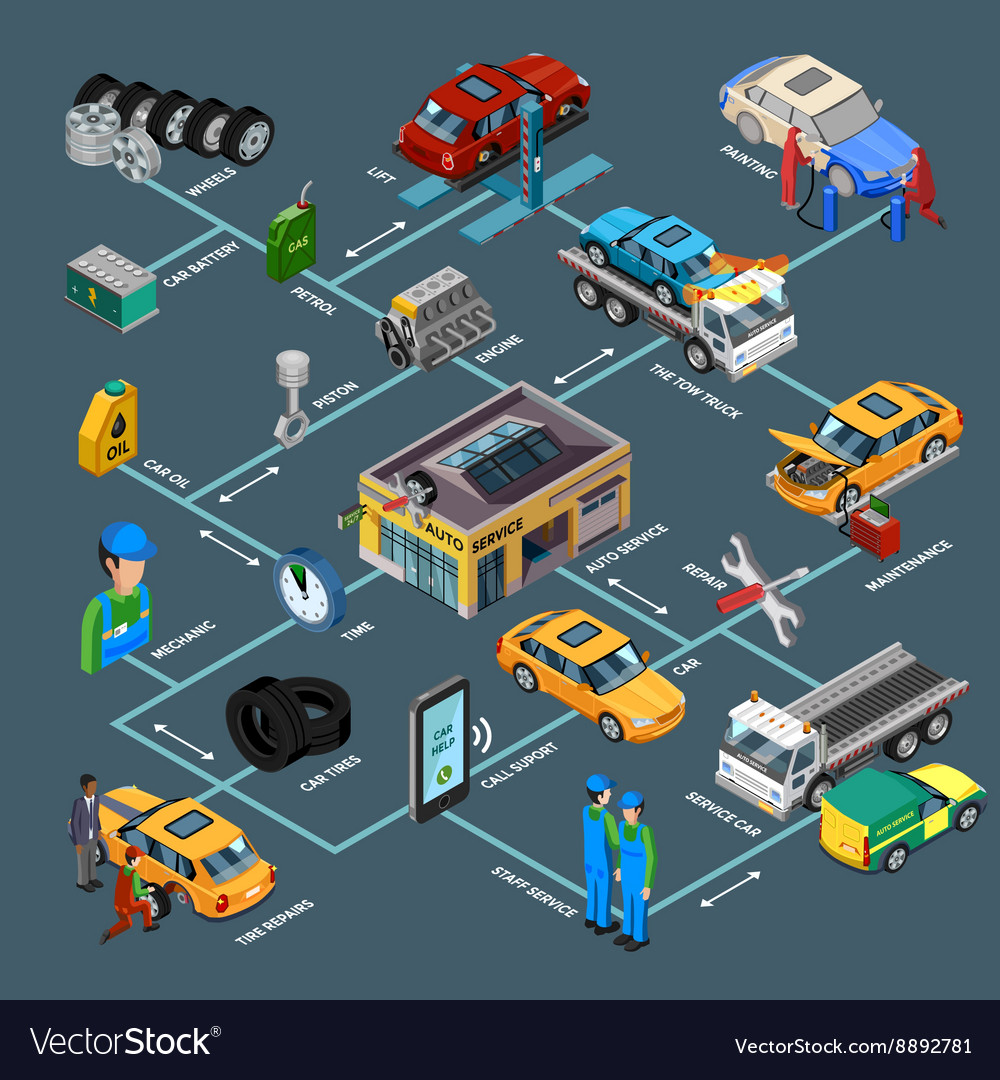Assessing Your Cars And Truck'S Warning Indicators: What They Truly Communicate
Assessing Your Cars And Truck'S Warning Indicators: What They Truly Communicate
Blog Article
Content By-Higgins Kejser
When you're behind the wheel, those beautiful warning lights on your dashboard can be a bit puzzling. Do you understand what they're trying to inform you about your automobile's health and wellness? Comprehending the relevance of these lights is crucial for your safety and the longevity of your lorry. So, the following time among those lights appears, would not you intend to decipher its message accurately and take the needed steps to address it?
Common Warning Lights and Interpretations
Recognize typical caution lights in your cars and truck and comprehend their significances to make sure safe driving.
One of the most common caution lights consist of the check engine light, which signifies issues with the engine or discharges system. If this light begins, it's crucial to have your vehicle examined immediately.
The oil pressure advising light suggests reduced oil pressure, requiring immediate interest to stop engine damage.
A blinking battery light could suggest a malfunctioning billing system, potentially leaving you stranded otherwise attended to.
The tire stress tracking system (TPMS) light informs you to reduced tire pressure, affecting car stability and gas performance. Ignoring this could cause risky driving problems.
https://www.claimsjournal.com/news/national/2021/11/10/306996.htm suggests a trouble with the anti-lock stopping system, jeopardizing your ability to quit quickly in emergency situations.
Lastly, the coolant temperature level warning light warns of engine overheating, which can lead to severe damages otherwise solved swiftly.
Understanding these typical warning lights will help you resolve problems immediately and maintain secure driving conditions.
Value of Prompt Focus
Understanding the typical caution lights in your cars and truck is only the first step; the significance of immediately addressing these warnings can not be stressed enough to ensure your safety and security on the road.
When a caution light brightens on your dashboard, it's your cars and truck's way of interacting a possible problem that needs attention. Ignoring these warnings can cause more serious issues later on, compromising your security and potentially costing you a lot more out of commission.
https://brake-service62849.dsiblogger.com/64113800/discovering-neighborhood-prizes-finding-reliable-car-repair-shops-in-your-location to warning lights can protect against failures and crashes. As an example, a flashing check engine light might indicate a misfire that, if left neglected, can cause damages to the catalytic converter. Addressing this immediately can conserve you from a pricey repair service.
Likewise, a brake system advising light may signal reduced brake liquid or used brake pads, crucial parts for your security when driving.
Do It Yourself Troubleshooting Tips
If you observe a warning light on your control panel, there are a few DIY repairing ideas you can attempt prior to looking for expert aid.
The very first step is to consult your vehicle's manual to understand what the certain warning light suggests. Occasionally the issue can be as straightforward as a loosened gas cap activating the check engine light. Tightening the gas cap might solve the issue.
Another common problem is a reduced battery, which can set off various cautioning lights. Inspecting https://brake-service-near-me73951.thelateblog.com/31741857/do-you-intend-to-learn-just-how-automation-and-robotics-are-transforming-the-dynamics-of-the-automobile-outlining-organization for deterioration and ensuring they're safe and secure may deal with the trouble.
If a warning light persists, you can try resetting it by separating the cars and truck's battery for a couple of minutes and after that reconnecting it. In addition, inspecting your vehicle's liquid degrees, such as oil, coolant, and brake liquid, can aid troubleshoot alerting lights associated with these systems.
Final thought
To conclude, recognizing your car's warning lights is important for maintaining your vehicle running smoothly and safely. By immediately addressing these alerts and understanding what they suggest, you can stay clear of costly repairs and possible breakdowns.
Remember to consult your automobile's manual for particular information on each advising light and do something about it accordingly to ensure a hassle-free driving experience.
Keep informed, remain secure on the road!
